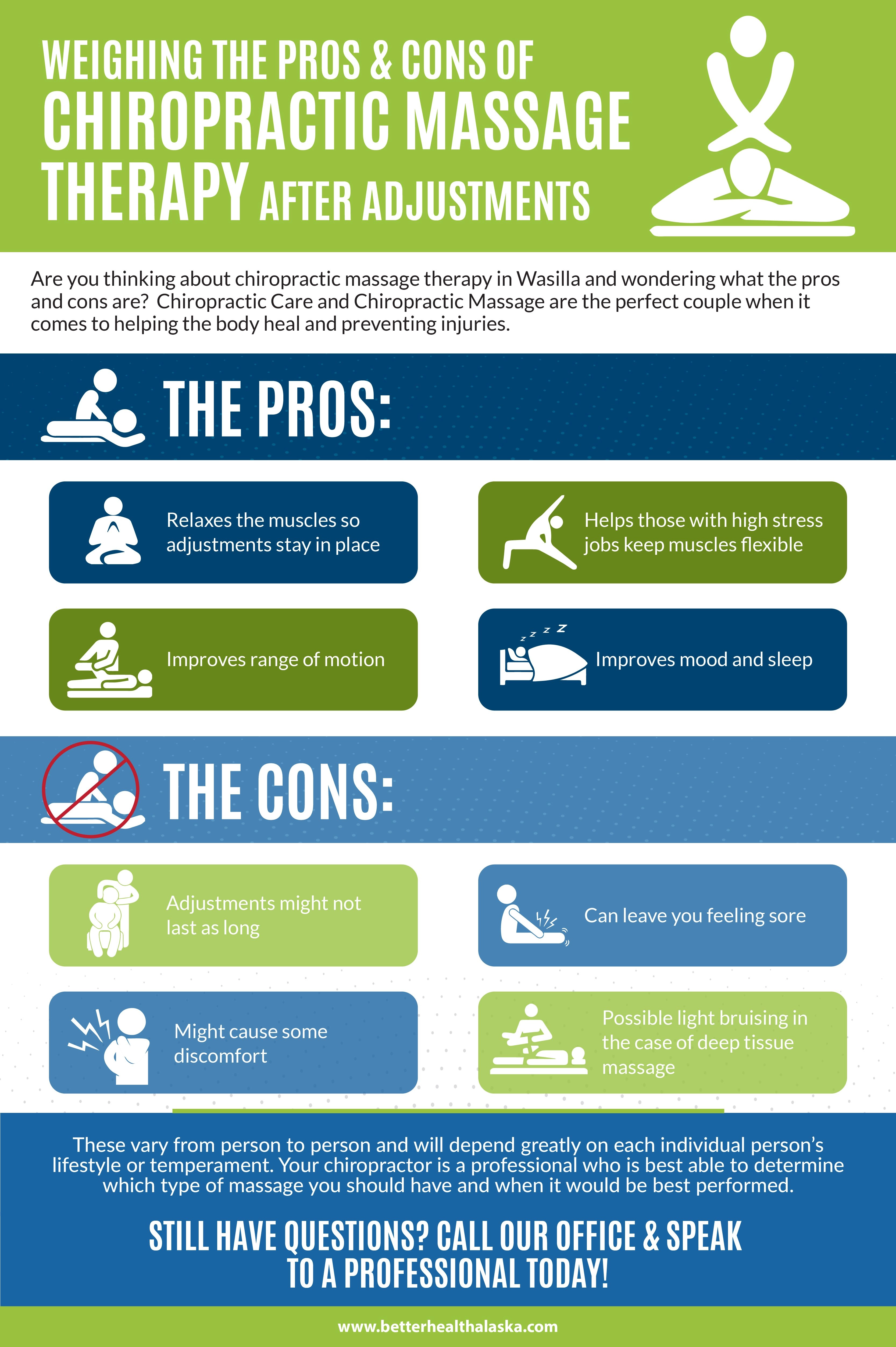A Novice'S Guide To Understanding Cervical Back Makeup And Its Effect On Neck Discomfort
A Novice'S Guide To Understanding Cervical Back Makeup And Its Effect On Neck Discomfort
Blog Article
Article Produced By-Ellis Richmond
As you sit there, probably feeling a twinge of discomfort in your neck, have you ever thought the intricate structures that comprise your cervical spine? Comprehending just how the vertebrae, discs, and nerves communicate in this area can shed light on why neck discomfort can be so relentless and devastating. By checking out the foundations of cervical spinal column anatomy and its ramifications for neck discomfort, you may discover understandings that can help you better take care of or perhaps protect against those nagging pains and rigidity.
Relevance of Cervical Spine Makeup
Recognizing the importance of cervical spine composition is vital in comprehending the complexities of neck pain. The cervical spinal column, composed of seven vertebrae, plays a vital duty in supporting the head's weight and promoting motion. It houses the spine, which transmits messages in between the brain et cetera of the body. Furthermore, the cervical back safeguards these delicate nerves and gives architectural stability to the neck region.
Moreover, the cervical spinal column allows for a wide variety of motion, enabling you to turn your head, turn it sideways, and nod backwards and forwards. Each vertebra has specific features and functions that add to the overall flexibility and security of the neck. Comprehending the anatomy of the cervical spine can assist you grasp exactly how injuries or degenerative conditions in this area can bring about neck pain and related signs and symptoms.
Parts of the Cervical Back
When checking out the parts of the cervical spine, it ends up being noticeable that its framework includes 7 vertebrae, identified C1 to C7, stacked on top of each other. These vertebrae are crucial as they give support to the head and allow for a wide range of activity in the neck.
go to website , C1, additionally referred to as the atlas, supports the head and makes it possible for the nodding movement of the head. Directly beneath C1 is the C2 vertebra, known as the axis, which enables the turning of the head from side to side.
Moving down the cervical spinal column, each vertebra plays a vital function in keeping the back's flexibility and stability. In between each vertebra are intervertebral discs that serve as pillows, soaking up shock and stopping the vertebrae from scrubing against each other.
Understanding the elements of the cervical spine is necessary in comprehending exactly how the spinal column features and its potential influence on neck pain.
Connection Between Spinal Column and Neck Pain
The link in between the spine and neck discomfort is an essential facet of comprehending musculoskeletal pain. Your back, specifically the cervical region, plays a significant role in supporting your head and permitting different activities. When there's a problem in the back, such as a herniated disc or misalignment, it can directly impact the surrounding tissues and nerves, bring about neck pain. Poor stance, injuries, and degenerative conditions can all add to spine-related neck discomfort.
It's necessary to identify that the spine and neck function as a natural system. reasons for lower back pain of problems or inequalities in the back can create strain on the neck muscles and ligaments, leading to discomfort and stiffness.
Final thought
Since you have a fundamental understanding of cervical spine composition and its connection to neck discomfort, you can much better value the complexities of your own neck discomfort. Keep in mind, the health and wellness of your cervical spinal column plays a crucial role in sustaining your head and assisting in motion, so it's important to look after it via proper stance, exercise, and regular examinations with a health care specialist. Keep informed and aggressive concerning your spine health to avoid and handle neck pain effectively.
